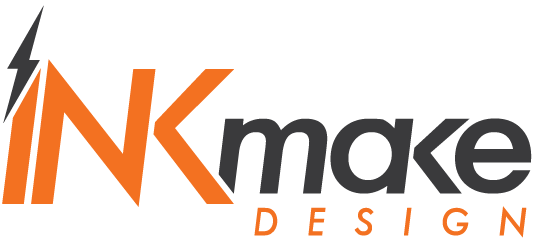It used to be that for every different website or social network, you had to remember a different log in. There was OpenID and other ID providers but when Facebook created a social login API allowing people to log into websites using their Facebook credentials, it was quickly adopted. The social log in wasn’t quite as ubiquitous as the newsfeed but eventually other social networks created their own social login APIs.
Since Facebook was the first social network to enable the social login technology, it essentially created and dominated the market for years to come. However, a recent report from Gigya, a provider of tools that help businesses connect with customers, indicates that with the presence of more options, social logins are becoming more distributed across networks.
“In 2011, Facebook was way higher in the aggregate with 60-62 percent of social logins,” says Victor White, Director of Marketing Communications for Gigya, “Now they’re at about 50 percent. Concurrently Google/Google+ has made really significant gains.”
White attributes this growth in Google social logins to the fact that Google is just a attractive as an identity for people to log in with. He also said that when people use Google+ to log in to a website using an Android device, they are prompted to download a website app.
“In general when people use an Android phone, it would tend to make sense if their on mobile with Android to log in using G+,” White says.
Still, according to the Gigya report, Facebook holds a 50 percent market share of social logins on the web and a 66 percent majority on mobile devices. And when it comes to e-commerce, Facebook accounts for 74 percent of social logins.
While the social logins in North America are widely distributed, Facebook still holds a majority of logins worldwide. However, White says that in coming quarters, we can expect a shift in global social logins to mirror North American distribution.
Below is an infographic with more information on social login trends for Q3 2013.

